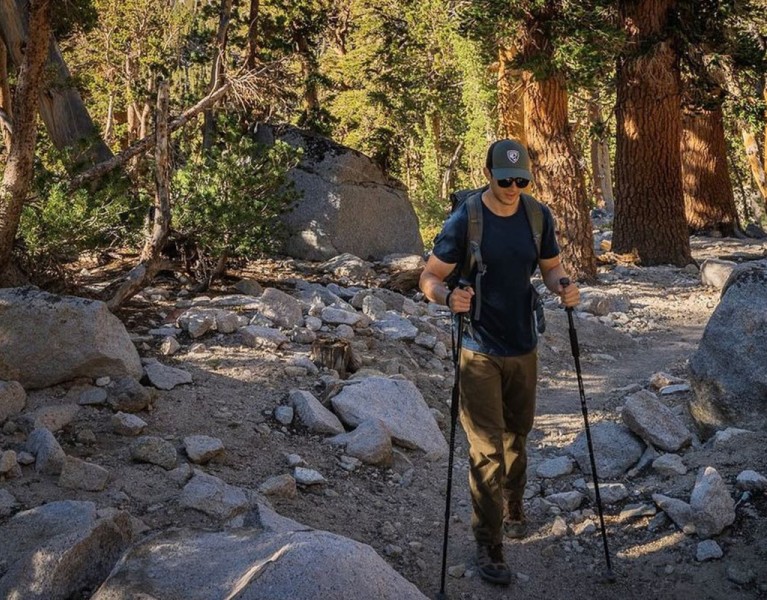
7 Underrated Ways of Sustainable Hiking
Table of Contents [Show]
It's no secret that eco-friendly practices like carrying out your trash and managing waste properly are fundamental for anyone venturing into the great outdoors. These practices stand at the forefront of sustainable hiking, aiming to conserve our natural landscapes for generations to come.
Yet, despite widespread awareness, we often encounter remnants of carelessness - from litter to discarded cigarette butts. It's perplexing and a clear sign that further education is essential.
For the sustainable hiker, the commitment to minimal impact extends beyond these basic actions. If you're already practicing the basics, here are seven underrated strategies to enhance your sustainable hiking efforts.
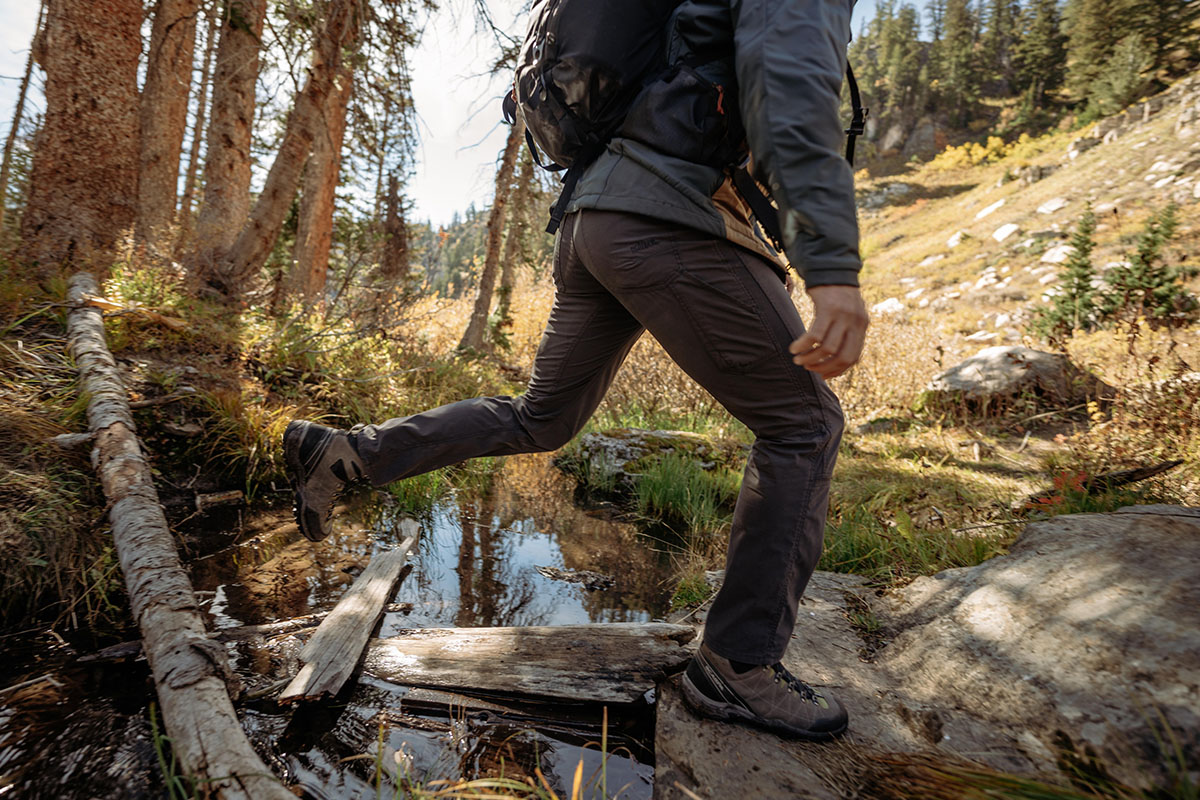
1. Walk on Durable Surfaces
When exploring the breathtaking trails of Colorado's San Juan National Forest or any other pristine area, it's vital to stay on marked trails. Avoid creating shortcuts or "social trails," which can lead to erosion and damage to delicate ecosystems. Even when venturing off-trail is necessary, do so with the utmost care, avoiding fragile environments like alpine meadows or cryptobiotic soils. The principle extends to all trail users, including mountain bikers, emphasizing the importance of choosing paths that minimize your impact.
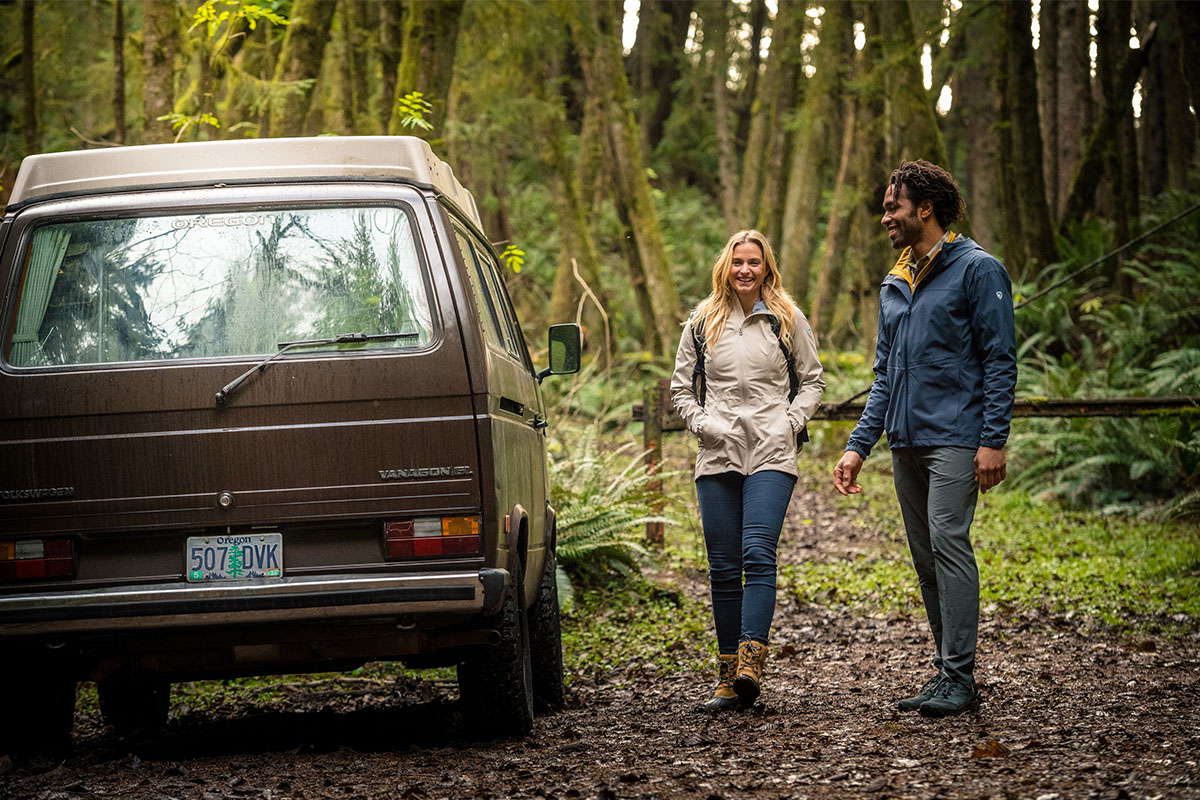
2. Sustainable Parking Practices
Arriving at a full trailhead poses a dilemma: where to park without harming the environment? Parking on undisturbed land, especially in sensitive areas, can cause significant damage. As enthusiasts of the outdoors, choosing where to park is as crucial as how we tread on the trails, ensuring that our vehicles do not contribute to the degradation of these cherished spaces.
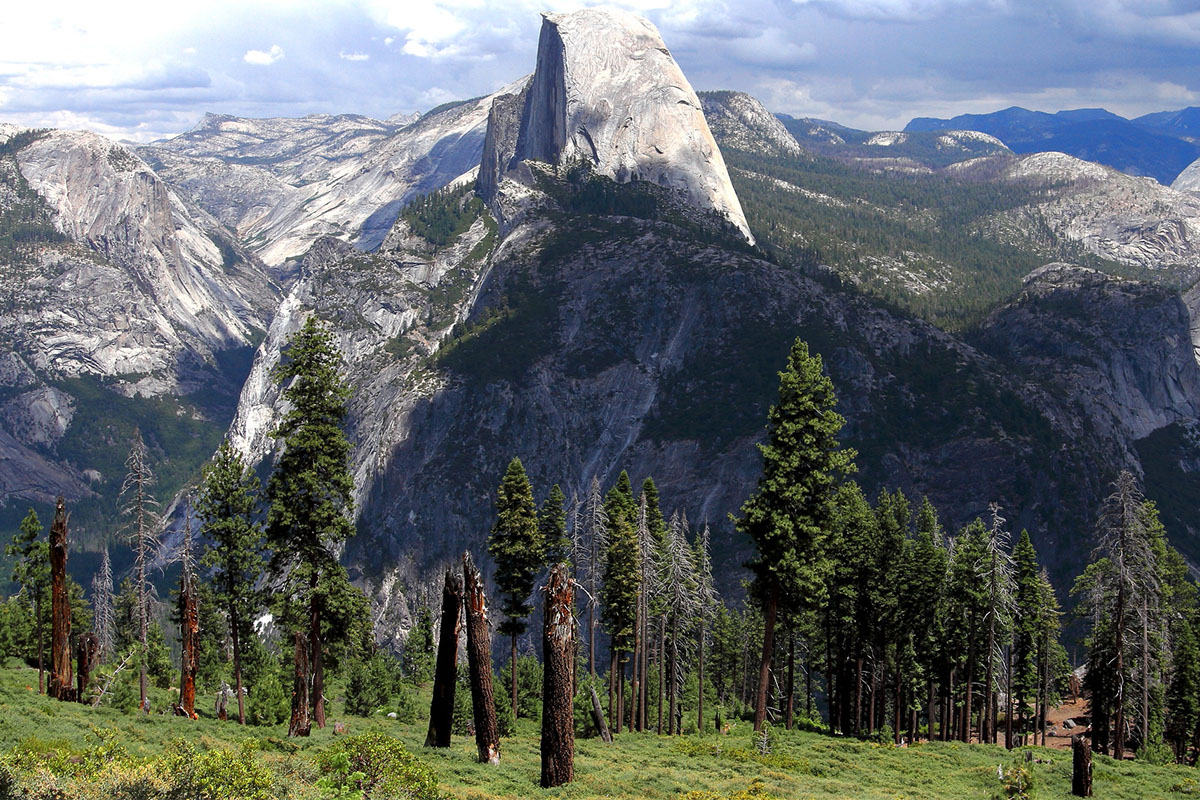
3. Respect Permit Limits, Closures, and Quotas
Overcrowding in natural areas has led to the implementation of lotteries, permits, and quotas to mitigate impact. These measures aim to preserve the integrity of these sites. While it may be disappointing to adjust your plans, respecting these limitations is a testament to our collective commitment to sustainable exploration and conservation.
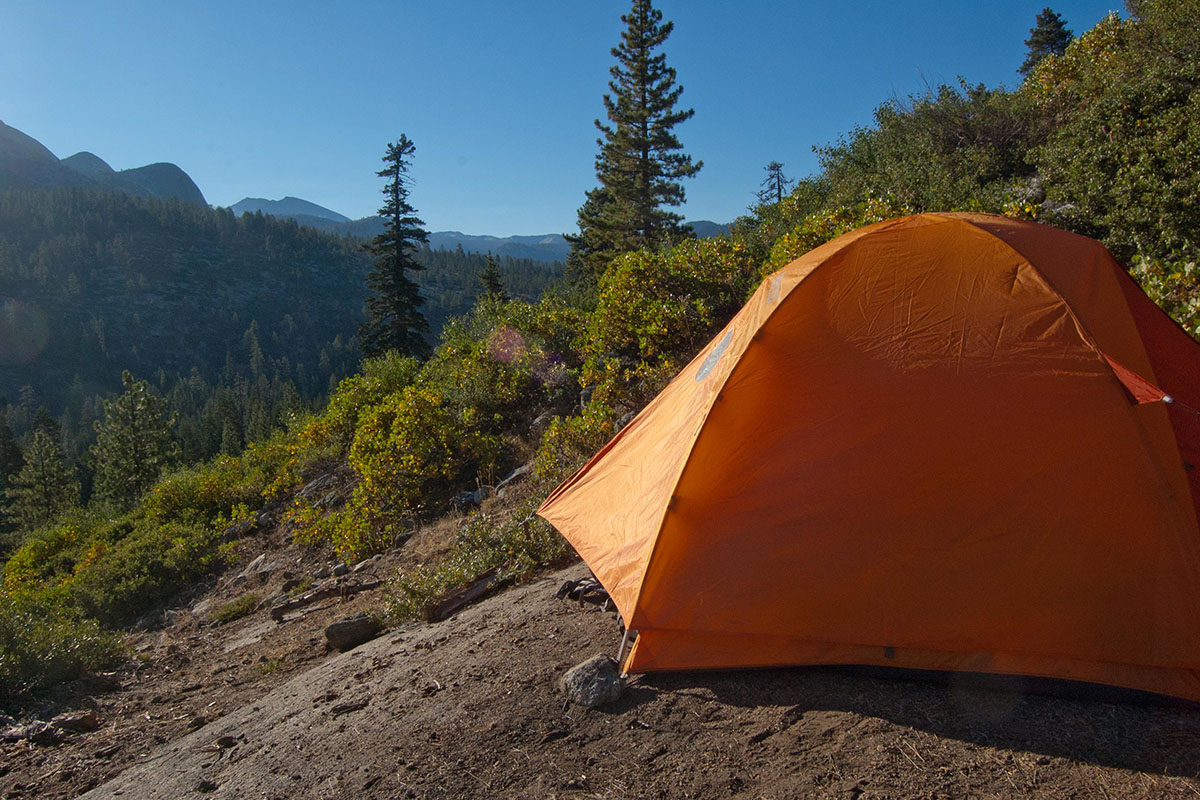
4. Use Established Campsites
The allure of pitching a tent in an undisturbed spot is strong, yet adhering to designated campsites is a cornerstone of low-impact camping. Creating new campsites not only harms the environment but also sets a precedent for future visitors, compounding the impact. Respect the guidance of land managers and choose established sites to minimize your footprint.
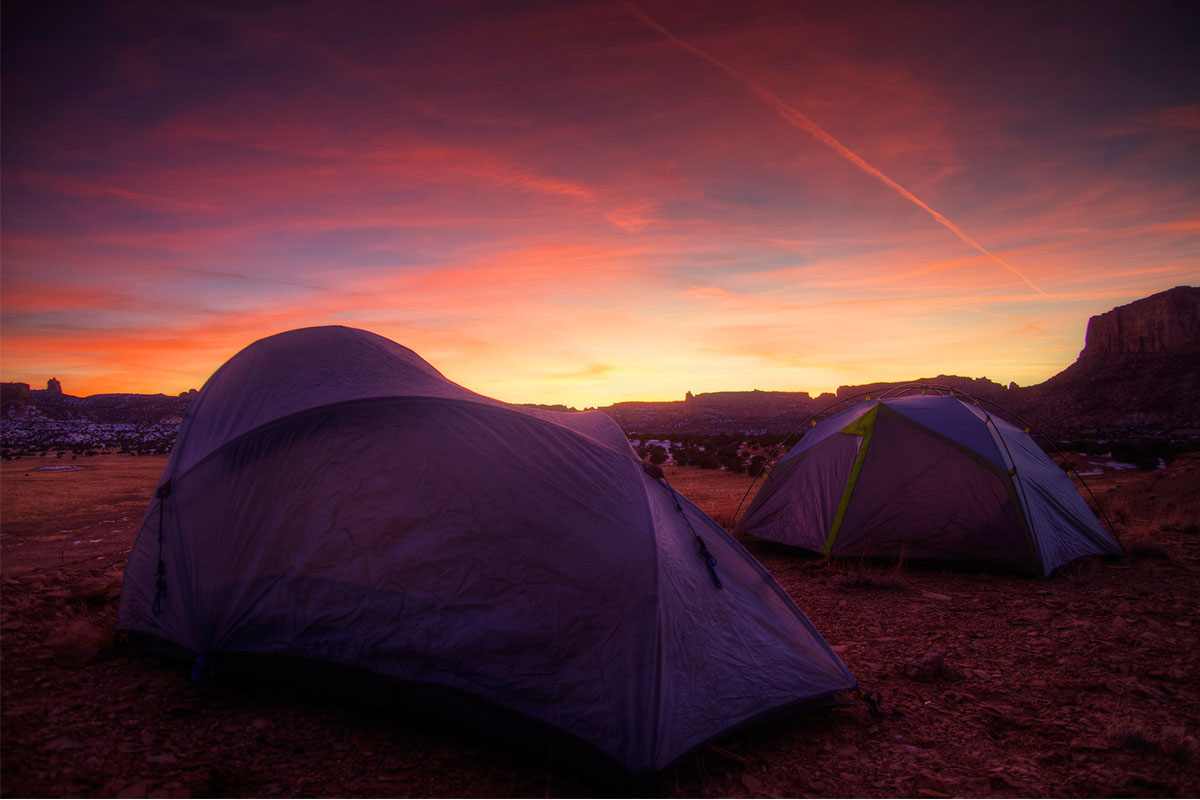
5. Rethink Campfires
While campfires are a quintessential part of the outdoor experience, they pose a significant risk to the environment, especially in areas prone to wildfires, drought or under burn bans. Consider alternatives for warmth and cooking that are safer and leave no trace, such as portable stoves, to protect the wilderness we cherish.
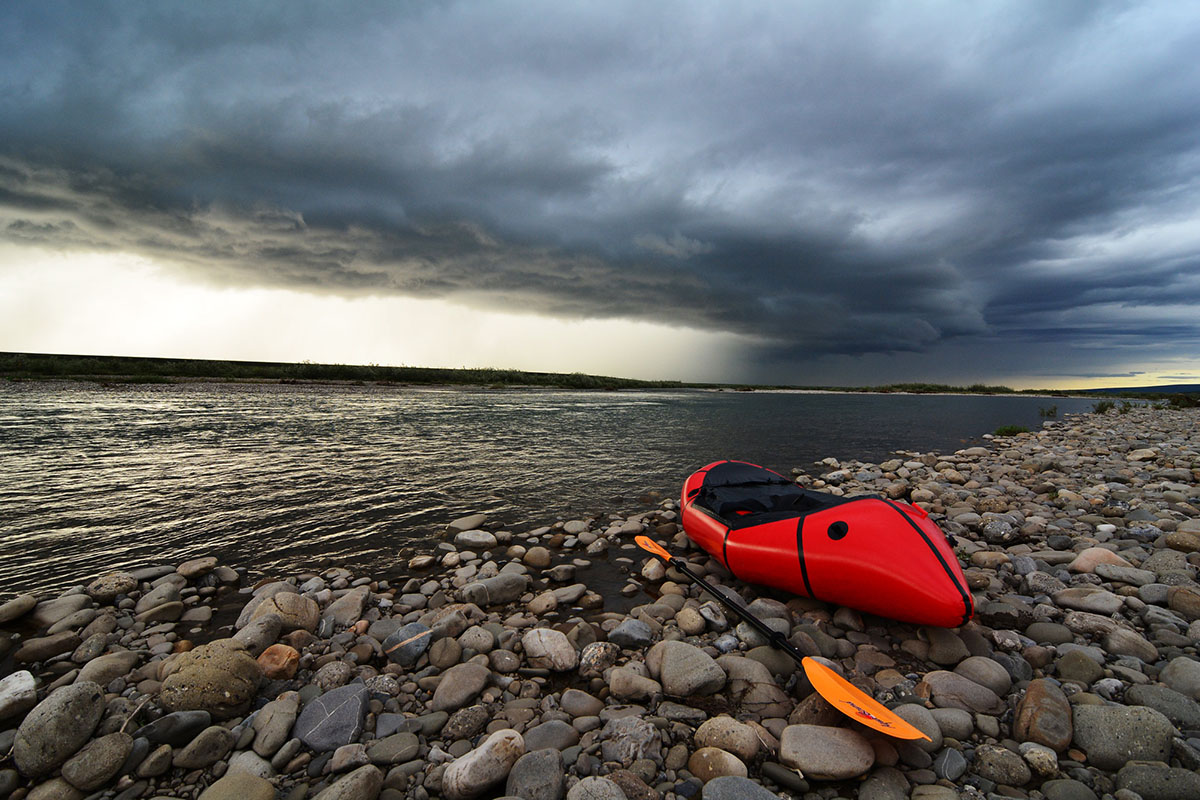
6. Clean Your Gear
Invasive species can hitch a ride on boots, kayaks, and other equipment, wreaking havoc on ecosystems. Taking the time to clean your gear between trips can prevent the spread of these harmful species, safeguarding the biodiversity of the areas you visit.
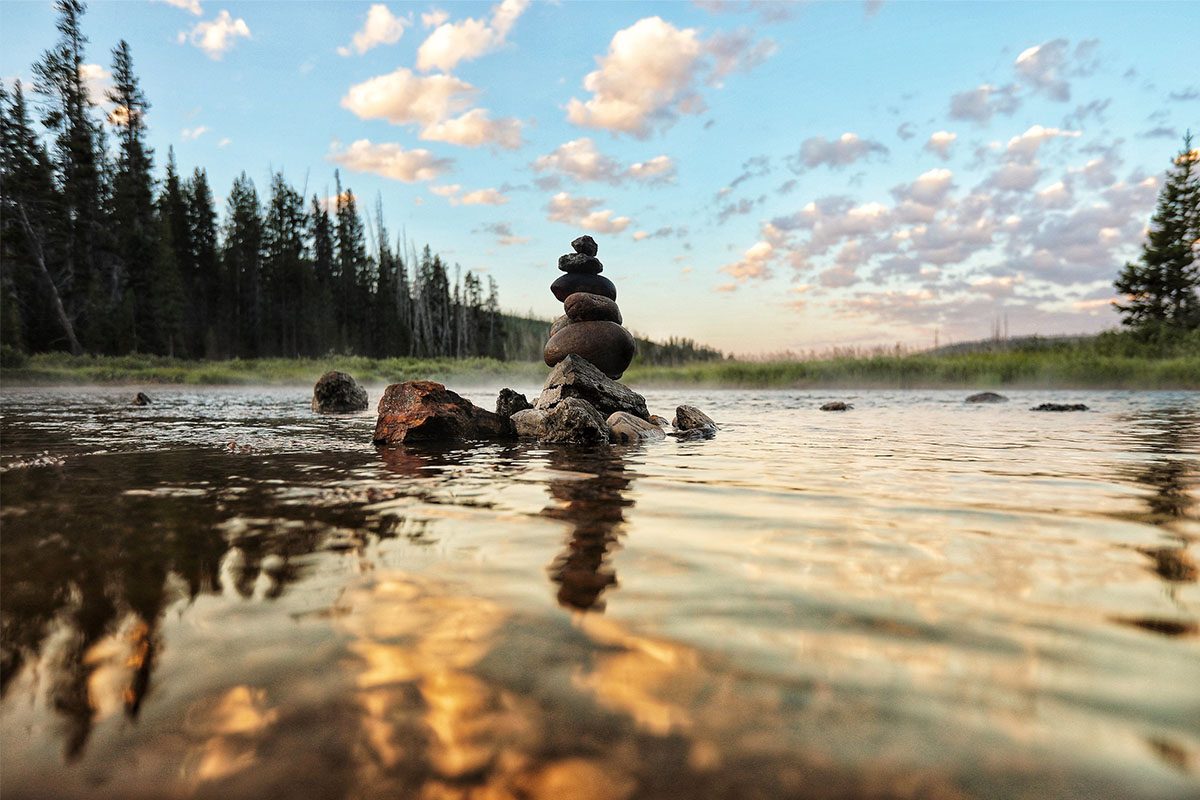
7. Leave Natural Features Intact
The trend of stacking rocks and altering riverbeds for aesthetic or recreational purposes disrupts natural habitats and can endanger local wildlife, including species like the hellbender salamander. In essence, the wilderness requires no modification to be enjoyed. The natural arrangement of rocks, the flow of rivers, and the undisturbed landscapes possess intrinsic beauty and ecological importance. As visitors to these spaces, it is our responsibility to appreciate and experience nature as it is, without imposing our will upon it.
Final Thoughts
The great outdoors welcomes all—whether your soundtrack is the aggressive beats of Swedish death metal as you conquer rugged trails or your victory cry is a jubilant "wooo" echoing down a mountain after an exhilarating bike descent. Celebrate those moments; they're yours to enjoy.
Yet, immersing oneself in the wild demands a heightened sense of consciousness—not just about the paths we tread but also about the imprint we leave behind. To deepen this awareness and commitment, we encourage both newcomers and seasoned adventurers to consider Leave No Trace training.
Such education is invaluable, offering insights and strategies to reduce our environmental footprint. It's about evolving our outdoor ethics to ensure the places we cherish today remain for others to discover tomorrow.
Happy hiking!


